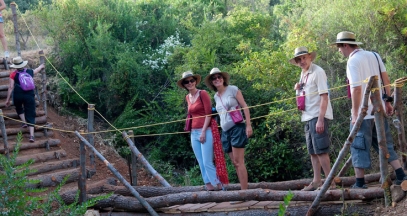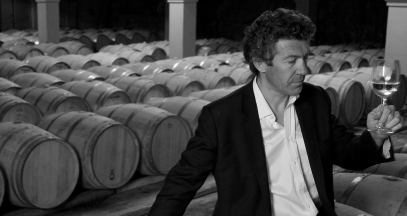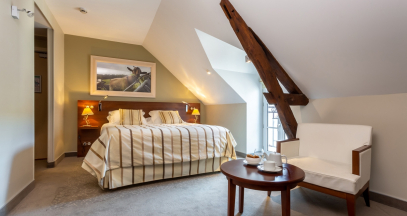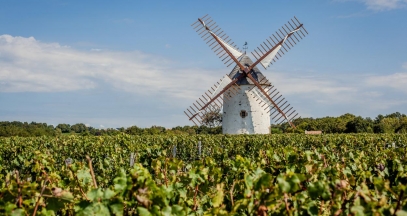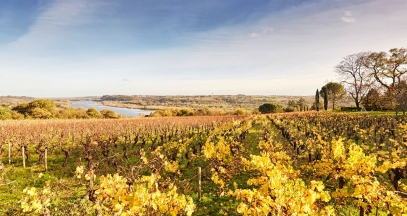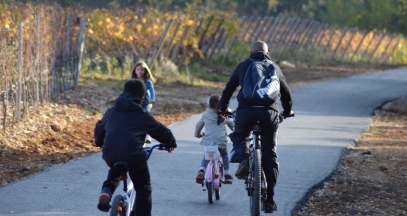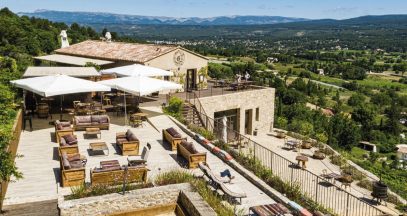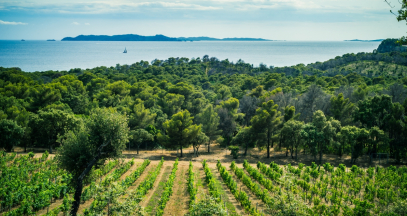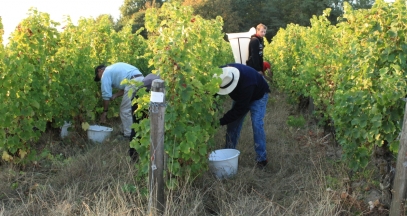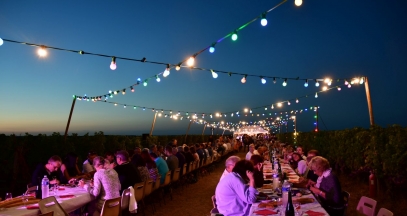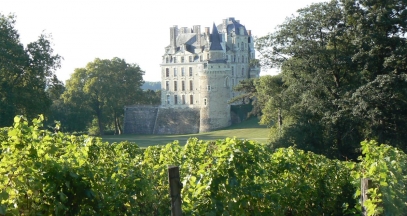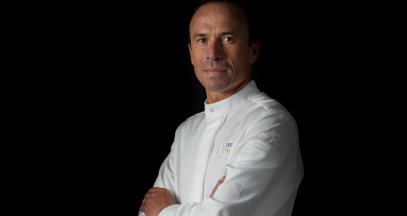From the Pyrenees to the Mediterranean, and the rivers Garonne and Rhône, Occitanie is alive with the abundant natural world that shapes its landscape. And in the vines, the region’s winemakers are going green.
Proof of this can be seen in the 1600 producers and 25 hectares of vineyards that have been converted to organic farming methods, making Occitanie the largest organic wine region in France! What's more, an increasing number of environmentally-friendly methods are being used.
An example of this can be found at Château de Chambert, a standard bearer for biodynamic methods in the Lot region thanks to the passion and drive of Philipe Lejeune. Each of the estate’s parcels is tended in harmony with its ecosystems to capture the purest expression of terroir in the bottle and showcase Cahors AOC at its very best.
Over in the Tarn, Château de Mayragues has over 20 years of experience in the field of biodynamic winegrowing. The estate also offers two guest rooms, allowing visitors to fully immerse themselves in this unspoilt winemaking landscape and the Gaillac wine region's gentle way of life.
Maison Cazes is one of Roussillon’s iconic wine estates and boasts 220 hectares of biodynamic vines. In the historic site’s tasting room or gourmet restaurant the estate’s Vins Doux reveal their aromatic palettes with hints of terroir.
At Abbaye de Valmagne, in the Hérault region, the Gaudart d’Allaines family continues the winemaking traditions of the site's Cistercian monks by focusing on an environmentally-friendly strategy. At the end of a visit, the estate’s organic wines can be tasted either in the monk’s former refectory or the hostel restaurant.
Retired rugby men have also become ambassadors for Occitanie’s wine terroir. At Mas des Colibris, Sébastien Galtier produces high-quality organic wines, while Gérard Bertrand has seen two of his biodynamic cuvées win a world title!
Other stars have also been drawn to Occitanie by a taste for excellence: the actor Pierre Richard at Domaine Bel-Évêque, and the former owner of Maison Cartier Alain-Dominique Perrin at Château Lagrézette, also play their part to promote the region’s exceptional wines.
With its passionate winemakers committed to respecting the environment and the soil, Occitanie is now a flagship for organic and biodynamic viticulture.
LEARN MORE


